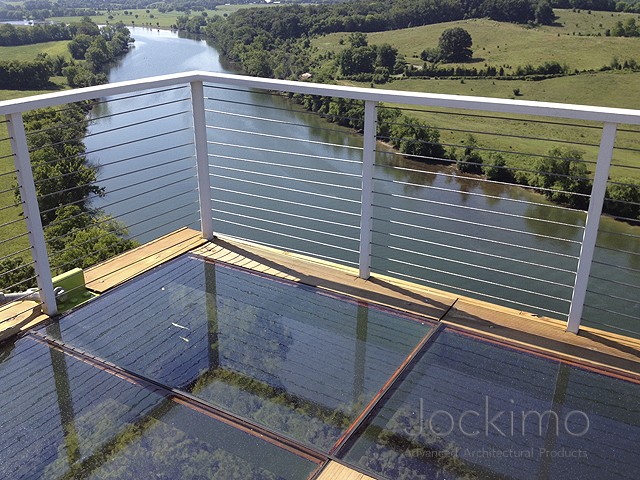- Details
Enjoy the Benefits of Daylighting with Architectural Glass
It doesn’t matter if you’re walking into a residential or commercial building. A bright, airy, open space filled with natural light is always more inviting and beautiful than a dark area or one illuminated with harsh artificial lights. Daylighting offers these advantages. Discover what this technique is and how you can best harness the wide-ranging benefits of daylighting in your private home or commercial building.
What Is Daylighting? A Definition

According to the Whole Building Design Guide, daylighting is “the controlled admission of natural light, direct sunlight, and diffused-skylight into a building.”
When incorporating architectural glass into your design plans, you can also strategically allow light to filter through multiple levels of a residential or commercial space.
When looking to capitalize on daylighting, glass solutions, such as windows and skylights, can work in conjunction with reflective surfaces to maximize natural internal lighting and reduce the dependence on artificial lights.
How to Achieve Daylighting
Capitalizing on daylighting can be done in a number of ways. (Remember, many of these solutions can be used simultaneously to maximize aesthetics and the benefits of daylighting.)
- Windows
- Glass Flooring
- Glass Stairs and Glass Stair Treads
- Traditional Skylights
- Walkable Skylights

Features like mirrors can also optimize your daylighting efforts by both diffusing and reflecting natural light. (Mirrors can be framed installations or unframed projects. Unframed options include mirrored walls, ceilings, cladding, freestanding furniture, and more.)
Other Considerations When Optimizing Daylighting Benefits
In order to maximize your daylighting efforts, many factors must work together. Think through all the following considerations:
-
Type of windows or glass you’re installing.
Modern glass can be energy efficient and insulating while still letting a maximum amount of light into your space. This ensures you’re getting all the benefits of daylighting, as well as overall heat and energy efficiency.
-
Placement of windows.
Window placement is another vital component to effective daylighting. In the northern hemisphere, south-facing windows tend to be best. East-facing and west-facing windows don’t tend to be ideal. They lend themselves to lots of excess glare and heat in the summer months.
-
Interior design elements.
Many interior design touches can help maximize your daylighting. A light-colored ceiling, for one, can help enhance the effects of natural light throughout the room. Strategically placed mirrors can also help distribute natural light throughout a space.
-
Exterior design elements.
Adding “hoods” around windows is one effective way to reduce both glare and summer heat. Additionally, adjustable louvers on windows can be helpful for directing sunlight for maximum utility.
When all these elements work together, your private residence or commercial space can reap the many advantages of daylighting.
Interested in learning more? Here’s what the US Department of Energy has to say about daylighting.
Questions about Daylighting?
Want to bring the beauty, energy reduction, cost savings, and health benefits of natural daylight into your home or place of work? Reach out today. We’d love to discuss how architectural glass can help you reach your goals!


